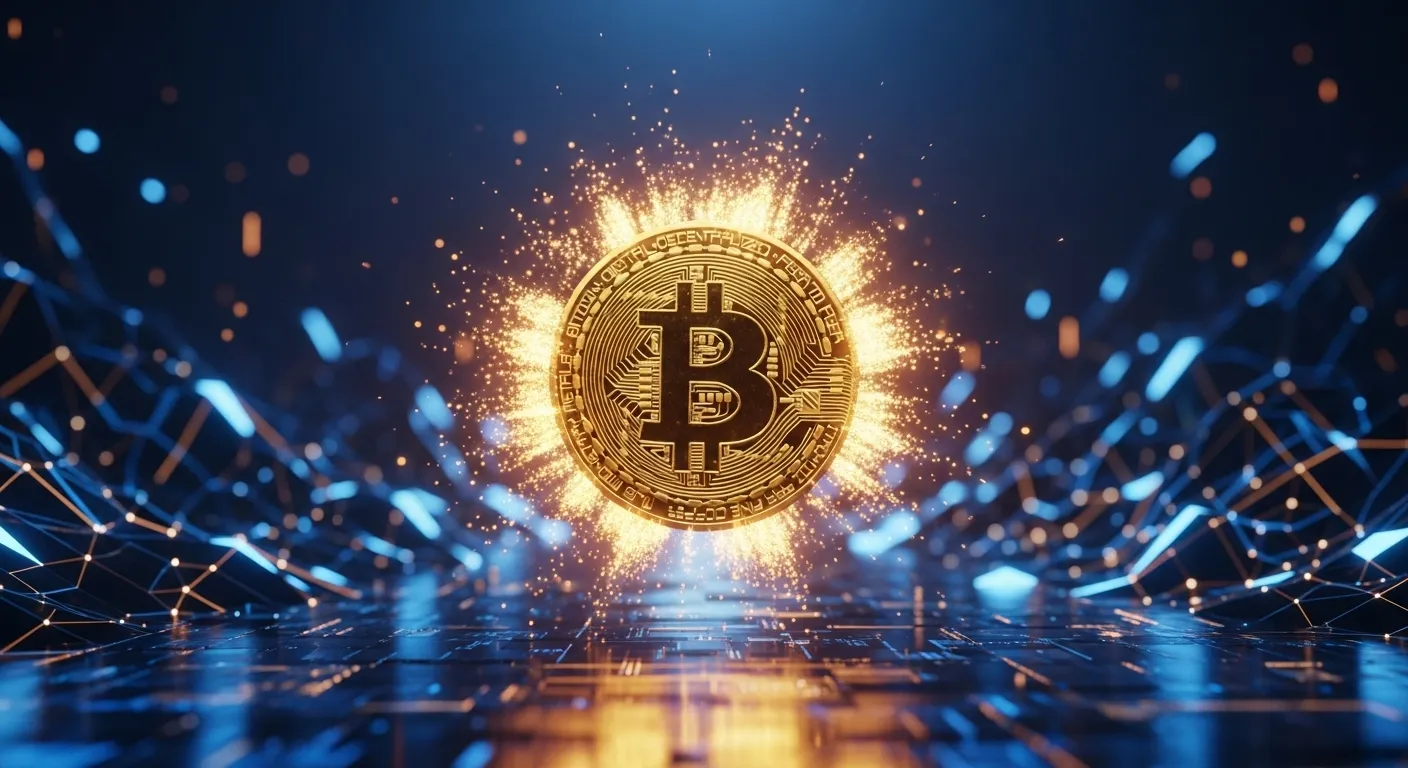Most people who trade Bitcoin are just watching the speedometer the daily price. They see it go up, they see it go down. But they have no idea what's happening under the hood. They don't listen to the sound of the engine. But the miners, the very entities who power and secure the entire network, are the engine. And their collective health tells a deeper, and often predictive, story.
I’ve come to think of the Bitcoin network as a massive, industrial-grade engine, and the miners are the pistons, constantly firing to keep it running. The hash rate is the engine's RPMs (revolutions per minute) a measure of its power and health. 'Miner capitulation' is the sound of the engine sputtering. It's when some of the pistons (weaker miners) can no longer afford the fuel (electricity) to keep firing, so they shut down, causing the engine's RPMs to drop. This sputtering can precede a major breakdown (price crash), but it can also be the final gasp before the engine finds its bottom and begins to recover. The on-chain data is the diagnostic dashboard that lets you see the engine's health in real-time.
This sputtering happens when the business of mining becomes unprofitable for the least efficient operators. When the price of Bitcoin falls too low, or the cost of their fuel (electricity) rises too high, these weaker pistons are forced to shut down. You can see this happening in real-time on the engine's diagnostic dashboard the on-chain data. You see the RPMs (the hash rate) begin to drop. You see a surge in 'Miner Outflows' as these struggling pistons are forced to sell their Bitcoin reserves just to pay their bills. These are not lagging indicators; they are the earliest warning signs of deep stress within the system.
This engine sputter is a powerful, but double-edged, signal. It often precedes the final, painful lurch downwards in price, as the last of the weak hands are flushed out of the system. But it is also, historically, one of the most reliable indicators that a true market bottom is near. It is the moment of maximum pain, the final gasp before the engine clears itself out, the stronger pistons take over, and a new, healthy cycle can begin.
Learning to read these on-chain signals is like learning to listen to the subtle sounds of an engine. It allows you to move beyond simply reacting to the movements on the speedometer and to start understanding the deep, mechanical health of the network itself. It's a shift from being a passenger to becoming a mechanic. And in the volatile world of Bitcoin, the mechanic who can spot engine trouble before it happens is the one who ultimately survives the journey.

